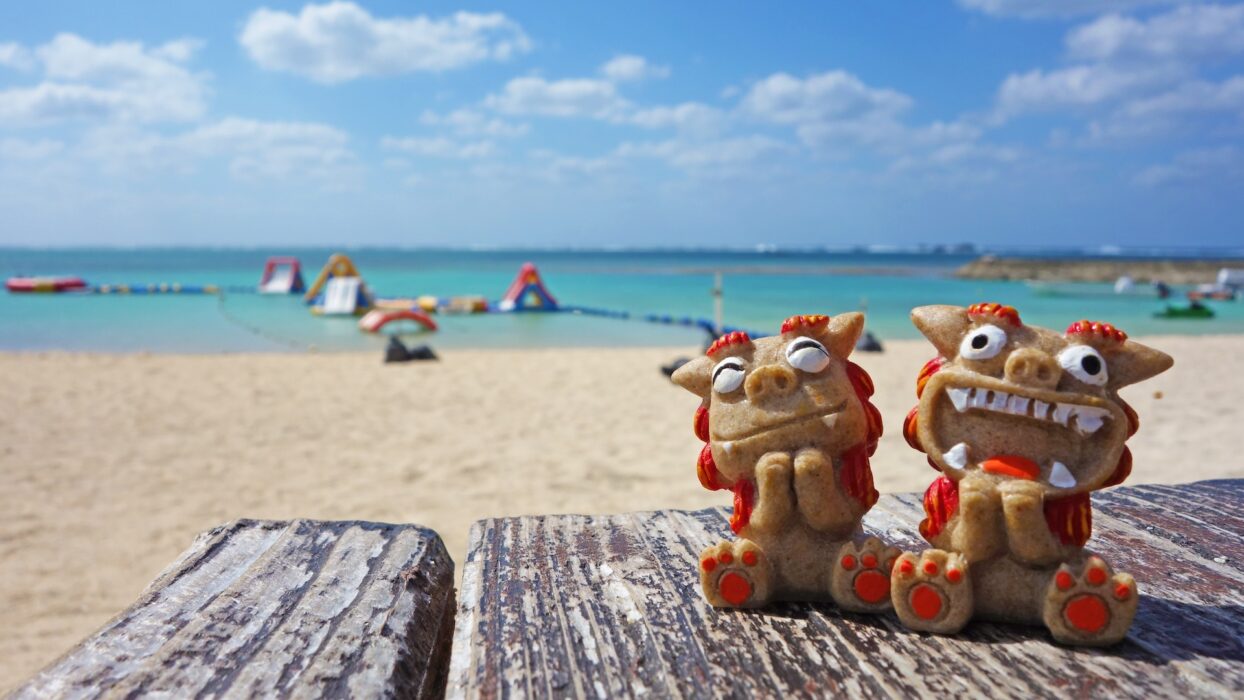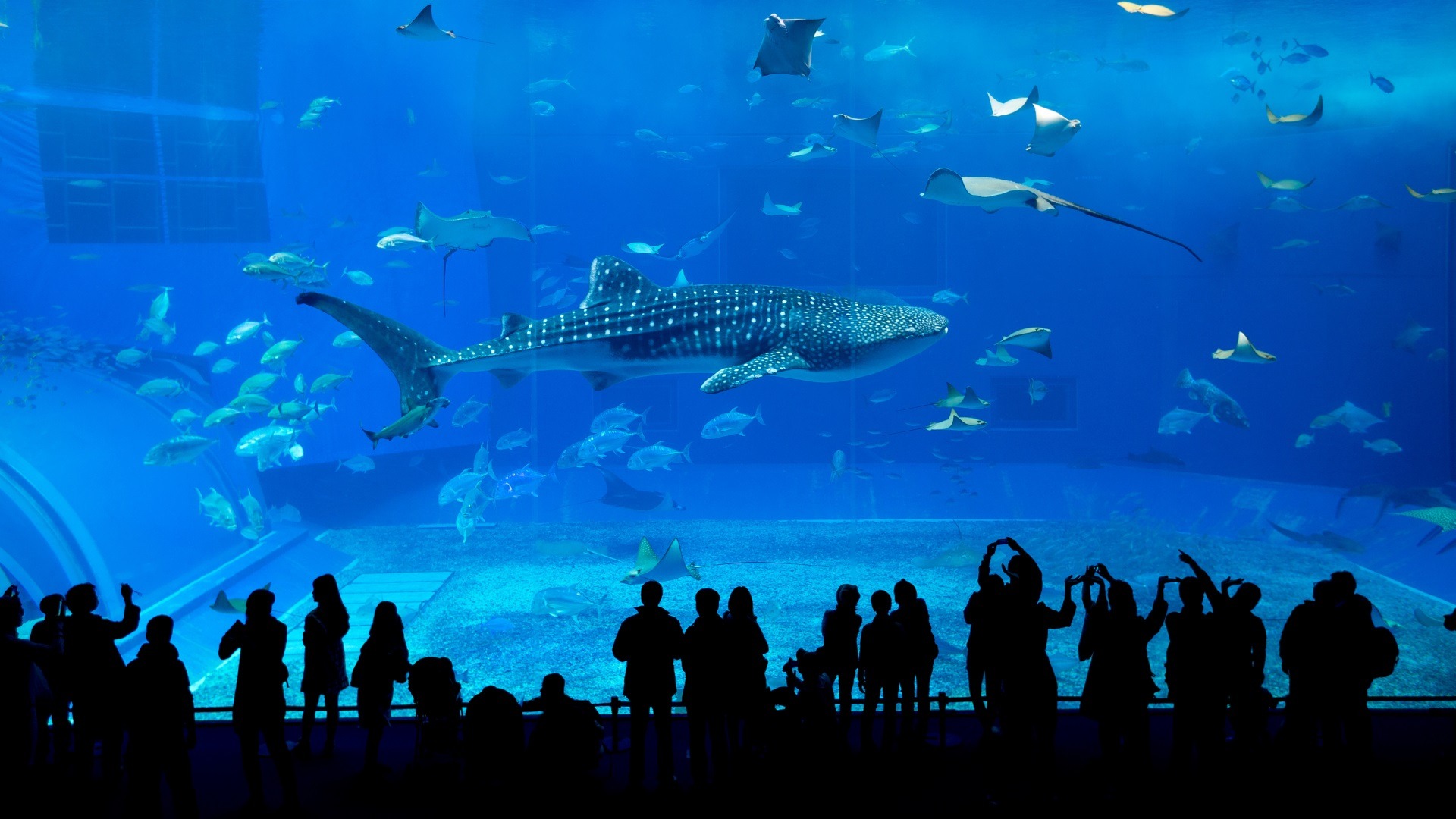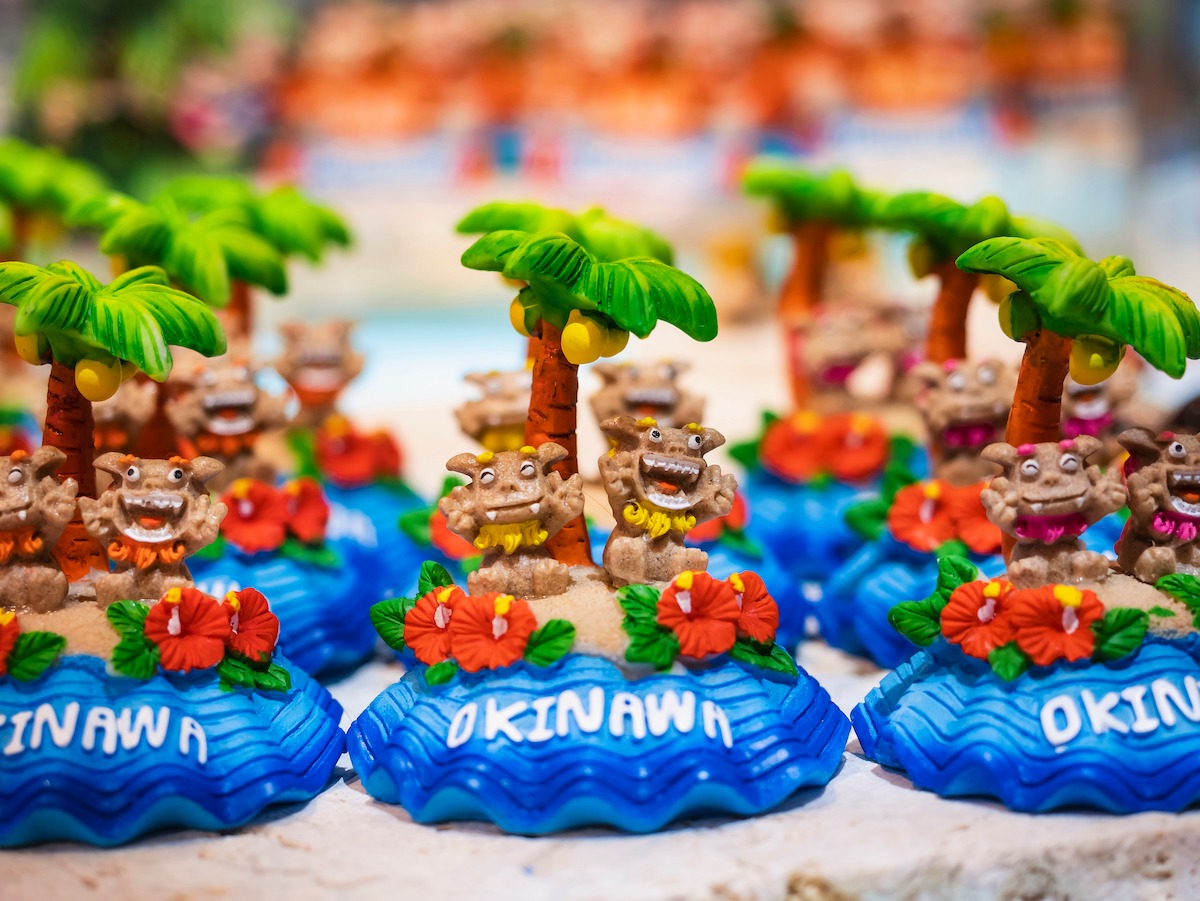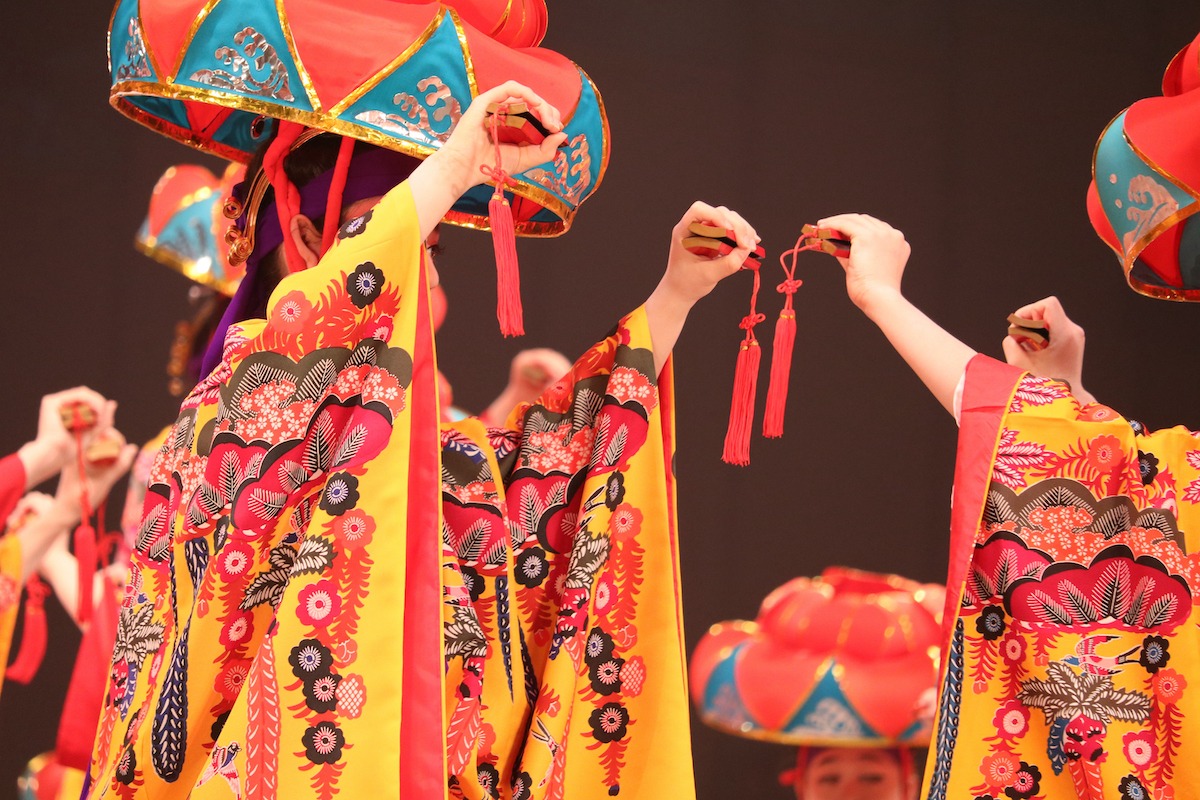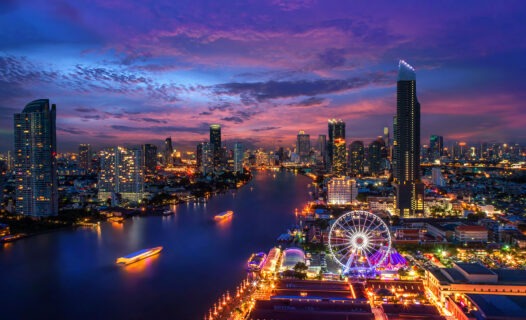Welcome to Okinawa Main Island, a paradise filled with rich culture, breathtaking landscapes, and a plethora of activities that promise an unforgettable experience. Whether you’re a history buff, a beach lover, or someone seeking culinary adventures, Okinawa Main Island has something for everyone. In this comprehensive guide, we’ll dive into everything you need to know about planning the ultimate tour package to this stunning destination.
Day-by-Day Itinerary
Day 1: Arrival and Beach Relaxation
After arriving at Naha Airport, take some time to settle into your accommodation. We recommend staying at Okinawa Hotel in Naha, which offers a serene escape from the bustling city life. Spend your first day relaxing on the beautiful beaches of Okinawa, such as Naminoue Beach, which is conveniently located near the city center.
Day 2: Explore Okinawa’s Rich History
Begin your exploration with a visit to the Shurijo Castle, a UNESCO World Heritage Site. This iconic castle offers a glimpse into the Ryukyu Kingdom’s history and its architectural grandeur. Next, head to the Okinawa Prefectural Museum to delve deeper into the island’s history and culture.
Day 3: Okinawa Churaumi Aquarium and Ocean Expo Park
No trip to Okinawa is complete without visiting the world-famous Okinawa Churaumi Aquarium. Home to a wide variety of marine life, including whale sharks and manta rays, this aquarium offers an unforgettable experience. Afterwards, explore the surrounding Ocean Expo Park, which features beautiful gardens and cultural exhibits.
Day 4: Island Hopping and Beach Exploration
Take a ferry to the nearby Kerama Islands for a day of island hopping. Enjoy snorkeling, diving, and lounging on some of the most pristine beaches you will ever see. The crystal-clear waters and vibrant coral reefs make for a perfect day of adventure and relaxation.
Day 5: Cultural Immersion and Local Markets
Spend your fifth day immersing yourself in Okinawan culture. Visit the Nakagusuku Castle Ruins and experience traditional Okinawan crafts at the Ryukyu Mura village. Don’t forget to shop at the local markets, like the Makishi Public Market, where you can taste and buy local delicacies.
Historical Context and Folklore
Okinawa’s history is rich and diverse. Once the center of the independent Ryukyu Kingdom, the island has a unique cultural and historical background influenced by both Japanese and Chinese civilizations. The Shurijo Castle and Nakagusuku Castle Ruins are testaments to the island’s historical grandeur.
Folklore plays a significant role in Okinawan culture. Stories of mythical creatures like the “Shisa,” a lion-dog figure believed to ward off evil spirits, are deeply embedded in local traditions. These myths are often celebrated in local festivals and cultural practices.
Culinary Deep Dive
Okinawa’s cuisine is as diverse as its history. Here are some must-try dishes:
- Okinawa Soba: A noodle dish served in a broth made from pork, fish, or bone, topped with pork belly, fish cake, and green onions.
- Goya Champuru: A stir-fry dish made with goya (bitter melon), tofu, pork, and eggs.
- Rafute: Pork belly stewed in soy sauce, brown sugar, and awamori (Okinawan liquor), resulting in a tender and flavorful dish.
For the best culinary experience, visit local restaurants and try these dishes yourself!
Festivals and Events Coverage
Okinawa hosts a variety of festivals throughout the year, reflecting its rich cultural heritage. The Shurijo Castle Festival features traditional Ryukyu dances and music, bringing to life the island’s royal history. The Eisa Dance Festival is another vibrant event showcasing traditional folk dances and drums, a must-see for visitors.
Practical Information for Travelers
Transportation: Okinawa has a reliable public transportation system, including buses, monorails, and taxis. For exploring remote areas, renting a car is highly recommended.
Weather: Okinawa experiences a subtropical climate, with hot summers and mild winters. The best time to visit is from April to June and September to November, avoiding the peak tourist season and typhoon period.
Currency: The Japanese Yen (JPY) is the official currency. Credit cards are widely accepted, but it’s a good idea to have some cash for local markets and smaller shops.
Language: While Japanese is the primary language, English is commonly understood in tourist areas. Learning basic Japanese phrases can enhance your travel experience.
With this comprehensive guide, your trip to Okinawa Main Island is bound to be a memorable adventure filled with culture, history, and breathtaking beauty. Start planning your journey today and immerse yourself in the wonders of this remarkable island!

